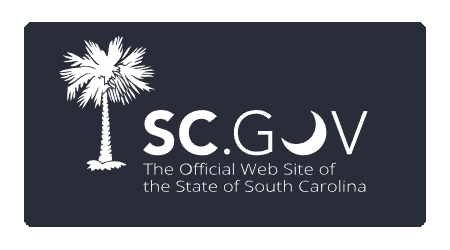Legislative Menu
-
Chamber Video
- Video Schedule
- Video Archives
Legislative Menu
South Carolina Law > Code of Laws > Title 28
South Carolina Code of Laws
Unannotated
Title 28 - Eminent Domain
CHAPTER 3
State Authorities Eminent Domain Act
SECTION 28-3-20.Right of eminent domain conferred on certain state authorities.
All state authorities, commissions, boards, or governing bodies established by the State of South Carolina, (hereinafter referred to as "state authority") which have been, or may be created in the future, to develop waterways of the State for use in intrastate, interstate, and foreign commerce; to construct, maintain, and operate powerhouses, dams, canals, locks, and reservoirs; to produce, transmit, sell, and distribute electric power; to reclaim and drain swampy and flooded lands; to improve health conditions of the State; and to reforest watersheds, and for which purposes the acquisition of property is necessary, have the right of eminent domain.
HISTORY: 1962 Code Section 25-52; 1952 Code Section 25-52; 1942 Code Section 9112; 1939 (41) 265; 1987 Act No. 173, Section 18.
SECTION 28-3-30.Estates and area which may be acquired; acquisition of water and flowage rights in lands in vicinity of project.
Any public body exercising the power of eminent domain for purposes set forth in Section 28-3-20 shall, in the area determined by the maximum high-water mark resulting from its activity and a line not exceeding one hundred lineal feet beyond such high-water mark, arrange to permit the previous owner of the one hundred foot strip, and his heirs and assigns, to pass over and across the strip which may be acquired under this section, and any and all lands of the state authority which are not actually covered with water at convenient places for purposes of ingress and egress to the reservoirs of the state authority, which right must be exercised so that it shall not interfere with any dams, dikes, structures, and buildings of the state authority or the application and use of the state authority of proper health and sanitation measures, and the strip and all of the lands acquired by the authority may be controlled by the authority for health and sanitation measures to the extent of exclusion of the public from the strip and lands at all times as may be necessary. The public bodies may also acquire by condemnation all water and flowage rights in land in the vicinity of the projects specified in Section 28-3-20 which it may determine to be necessary, useful, or convenient, or which might be damaged by reason of the construction or operation of the projects, and on those lands the public bodies may establish health control measures as may be necessary.
HISTORY: 1962 Code Section 25-53; 1952 Code Section 25-53; 1942 Code Section 9113; 1939 (41) 265; 1987 Act No. 173, Section 19.
SECTION 28-3-140.Public property not exempt from condemnation; exception for public electric utility property.
No lands, rights-of-way, easements, or any interests in real or personal property which have been, or may be acquired for schools, churches, graveyards, municipal corporations, or subdivisions of them, or for the construction or use of any highway, railroad, railway, canal, telegraph, power line, telephone, or other public service use are exempt from condemnation. In any condemnation actions affecting properties of railroad, canal, telephone, telegraph, electric power, and other public service companies, where the companies have placed their structures across navigable streams, or canals and waterways built or to be built for purposes of navigation and hydroelectric purposes, the question of compensation and special damages, including the costs of removing, rebuilding, or relocating structures of any kind belonging to the companies on the properties, must be determined in accordance with principles of law now prevailing. No public electric utility property may be condemned unless it is located within the proposed area of any reservoir, or is needed in connection therewith for flowage purposes, or essential for the construction of any dam or reservoir or tail race or navigation channel.
HISTORY: 1962 Code Section 25-64; 1952 Code Section 25-64; 1942 Code Section 9124; 1939 (41) 265; 1987 Act No. 173, Section 20.
 Loading
Loading



